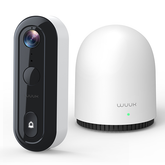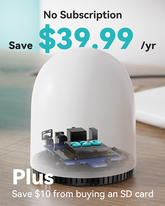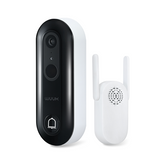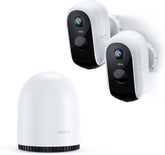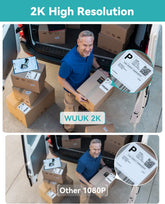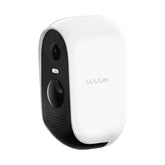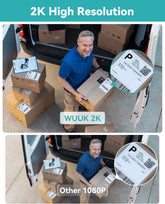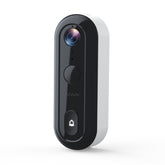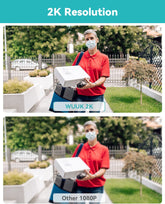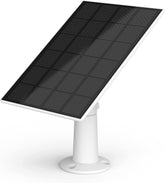Choosing the Ideal Placement for Your Indoor Security Cameras
Navigation
- Signal Strength and Router Placement
- Line of Sight and Obstacles
- Height and Angle
- Power Accessibility
- Privacy Considerations
Choosing the proper placement for indoor security cameras is essential in creating a comprehensive surveillance system for your home or office. It's crucial to position your cameras strategically to ensure maximum security coverage, eliminate blind spots, and effectively monitor your premises. In this article, we'll explore critical factors to consider when selecting the ideal location for your indoor security cameras.
Signal Strength and Router Placement
Before deciding on the placement of your indoor security cameras, assess the signal strength of your Wi-Fi router.
The camera's ability to maintain a stable connection and transmit video footage relies on a solid and consistent Wi-Fi signal. Suppose the router is placed far away from the cameras or obstructed by walls. In that case, the signal quality may deteriorate, leading to poor video streaming or disconnections. Consider placing the cameras within a reasonable range of the router and ensure minimal obstacles between them.
Some well-known smart home security system brands offer the capability of checking devices' signals in their remote control app. Take WUUK as an example. Using the LiveView feature in its house-built app, you can quickly get your house's current Wi-Fi strength value and then move to the spot where the Wi-Fi signal is relatively strong.
Adding a Wi-Fi extender might be an available approach to better the signal if the Wi-Fi coverage is limited with certain brands' home security cameras systems.

Line of Sight and Obstacles
WUUK indoor cam series, including the pan tilt cam and stick-up cam, can support multi-installation ways; you can put them standing on the surface or fix them to the ceiling or on the wall flexibly to your needs.
Thus, consider the line of sight from the camera's position to the areas you wish to monitor. Obstacles such as walls, furniture, or other objects can impede the camera's field of view, creating blind spots and reducing the effectiveness of your surveillance. Position the cameras in areas with a clear line of sight to the desired locations, minimizing obstructions as much as possible.
Height and Angle
Consider the height and angle at which you mount your indoor security cameras. Placing eye-level cameras can help capture precise facial details and improve the chances of identifying potential intruders. Additionally, positioning the cameras at an angle that covers both horizontal and vertical areas will provide a wider field of view, reducing the chances of missed events.
Power Accessibility
Ensure the chosen location for installation provides easy access to power outlets, depending on the camera's power source. Consider the availability of power sources near the intended installation locations to avoid using long extension cords and ensure a stable power connection.

Privacy Considerations
While it's essential to ensure proper surveillance coverage, respect privacy boundaries within your home, room, or office. Only place cameras in private spaces such as bedrooms or bathrooms if you feel comfortable or confident in the brand's privacy practice.
Consider choosing an indoor security camera that has privacy protection feature designs like a lid to cover the camera lens physical or software features like "security mode" or "snooze mode," which means when the device owner is in the room or home, the security camera will automatically enter into a "sleep" mode and stop recording or detecting movement based on a Wi-Fi connection or geofencing. WUUK is the brand that offers the "snooze" mode and "security" features in its software to allow you to easily manage a timeframe of whether indoor security cameras should work.
Another simple way of eliminating these concerns is manually placing the camera face the corner or wall when entering the room, but remember to recover the setup when leaving.
Focus on areas that require monitoring for security purposes, and be mindful of local laws and regulations regarding surveillance camera placement.

Careful consideration of these factors when choosing the placement for your indoor security cameras can significantly enhance the effectiveness of your surveillance system. Ensure a strong Wi-Fi signal by positioning the cameras within range of the router and minimizing obstacles. Identify critical areas and entry points, maintaining clear lines of sight and optimal angles for comprehensive coverage. Prioritize power accessibility and respect privacy boundaries.
By following these guidelines, you can create a robust indoor security camera setup that provides peace of mind and ensures the safety of your home or office.


